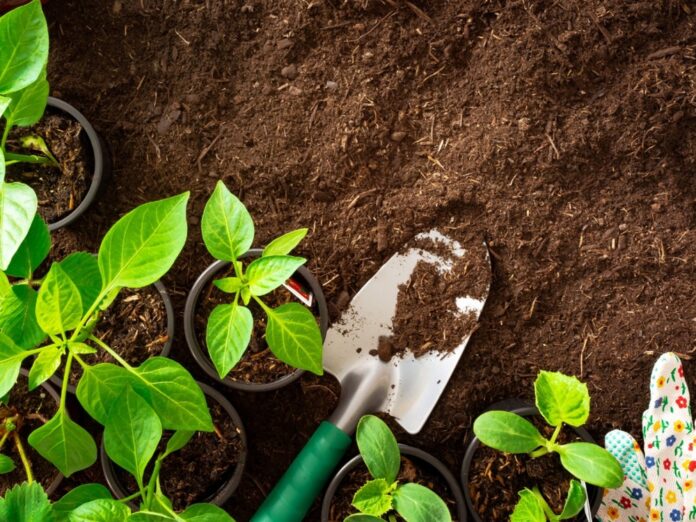Plant cloning, or propagation, is an extremely valuable tool for those looking to take their gardening skills to the next level. Simply put, plant cloning is an asexual means of replicating a plant that is genetically identical to its parent. It’s the process of making a plant copy.
But why bother with cloning a plant when transplants and full-grown varieties are readily available at your local gardening store? Isn’t it easier to just buy new plants or grow them from seed?
Benefits of Plant Cloning
Let’s dive into the benefits of propagating your own plants, and why this might just become your newest hobby and growing obsession.
Replicating the Perfect Plant
For amateur or professional gardeners, there’s no better feeling than growing the “perfect” plant. A strong plant, free from disease that produces beautiful flowers, delicious veggies or lush fruit in abundance. Once you have it, you don’t ever really want to let it go—and luckily, you don’t have to.
Cloning allows you to replicate the perfect plant, creating an identical copy, or better yet, a full army of pristine plants to add to your home or garden collection.

Save Money
Cloning has the added benefit of being cost efficient. What if you could eliminate the constant and costly runs to your local gardening center each time a new plant is needed? For serious home growers or those that grow commercially, this can lead to significant cost savings. Some industries rely heavily on cloning once a suitable mother plant is grown and shown to be productive. You should too.
Pride In Creating Life
People choose gardening because they love to sprout, nurture and develop lifeforms. Plant cloning takes this to a whole new level.
When you create new life from an existing plant, there is a tremendous sense of pride. And as the roots develop and grow, you’ll find yourself obsessed with your cuttings becoming full fledged plants! Plus, your friends will certainly be impressed by your ability to clone.
Plants to Clone from Cuttings

Not all plants are fit for cloning, and many require unique and different propagation methods. The most common method is to clone from a cutting, a small plant section that originates from the stem. This cutting, if harvested correctly, is capable of producing new roots.
Plants with vine-like stems most often can be propagated using this method. A few examples of plants to clone:
- Herbs such as basil, mint, rosemary and sage
- Flowers such as azaleas, geraniums, and hydrangeas
- Fruits and vegetables such as lemons, limes, peppers, and tomatoes
If you have a particular plant variety in mind, make sure to research the proper method to maximize your cloning success. Each method must be followed precisely to avoid damaging the mother plants or clones. Cloning systems are also available to simplify the process and increase your chances of success.
Get Started Today
Whether you’re an experienced gardener or amateur, plant cloning is an exciting way to replicate plants and scale your garden quickly. Start experimenting today with this low cost propagation method, and before too long, you’ll be the expert showing your friends!


















